Introduction
EFT Boosting and solo play with farming are two ways to move your Escape From Tarkov account forward. EFT Boosting means you use a boost package—like a set amount of experience points, quest clears, or item drops—to update your profile instantly. You redeem a code, wait a minute or two, and see your new level, completed missions, or fresh gear. Solo play and farming means running raids on your own to collect XP, roubles, and items. You pack a loadout, head into a map, clear enemies or gather loot, extract safely, then repeat. Both methods help you gain progress, but they work very differently. EFT Boosting gives clear, predictable gains in a short time. Solo play and farming gives you hands-on practice and lets you learn map paths and combat skills.
Choosing between these two methods depends on your time, goals, and how you like to play. If you have limited free time, EFT Boosting can help you skip low-reward runs and jump ahead quickly. If you enjoy figuring out routes, testing different weapons, and adapting on the fly, solo play and farming offers a chance to build your skills and earn rewards directly. Some players blend both: they use boosting to clear major hurdles and then farm on their own to refine their play. In this guide, we’ll look at each approach, compare time and effort, and offer tips to decide which fits your style best.
EFT Boosting Overview
EFT Boosting covers a range of services that apply direct updates to your account. The most common boosts add a fixed amount of experience points (XP) that push your level up. Other boosts clear specific quests, mark repeatable tasks as completed, or drop items and currency into your stash.
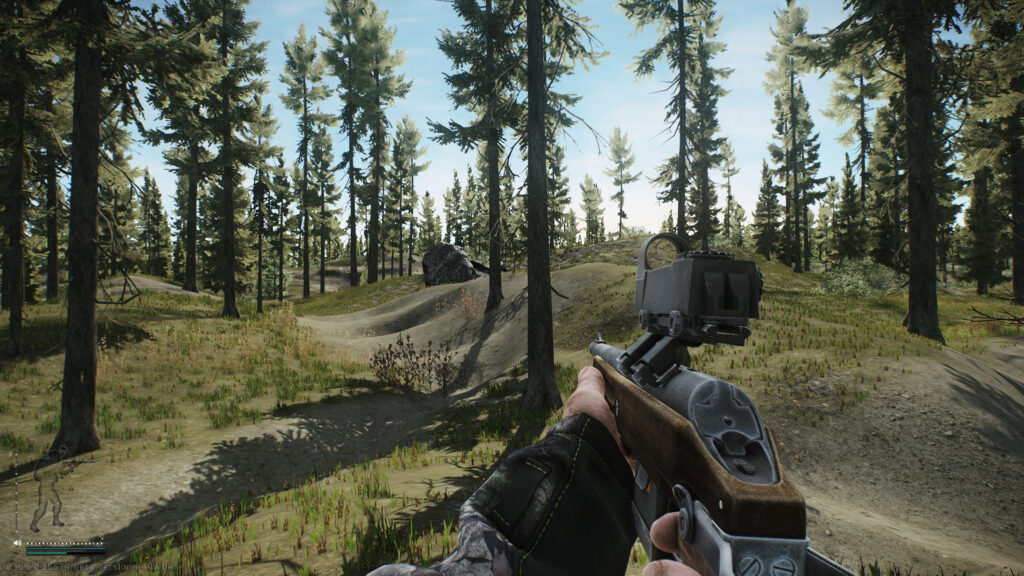
You choose the boost package based on what you need most: levels to unlock trader items, quest clears to open new mission lines, or gear to test on higher-rated maps. Once you buy, you receive a code. You log into the official redemption page or in-game menu, paste in the code, and submit. A confirmation appears and, after a minute or two, your profile shows the updates.
A typical boost session takes five minutes from start to finish. You copy the code, paste it in, wait for the server to process, then check your new level and inventory. If updates don’t show right away, switching to offline mode and back to live can force a refresh. Clear instructions and timing estimates from the boost provider keep the process smooth. Because boosts deliver set results, you know exactly how many levels you gain or which missions clear. This predictability makes EFT Boosting a strong choice when you need a quick account push without risking gear loss or spending hours on base-level maps.
Solo Play and Farm Overview
Solo play and farming means getting into raids under your own steam. You pick a map—Customs, Shoreline, Woods, or any other—choose a loadout that fits your goals, and drop in. If you aim for XP, you focus on high-enemy areas or key scav spawns. If you want roubles, you hunt for high-value loot like graphics cards, gold chains, or bitcoins. If you work on quests, you find required items, reach specific locations, or eliminate set numbers of enemies. After clearing areas and gathering loot, you head to an extraction point, make your escape, and review your gains. Each raid offers variable outcomes—sometimes you leave with full pockets, other times you fight just to survive.
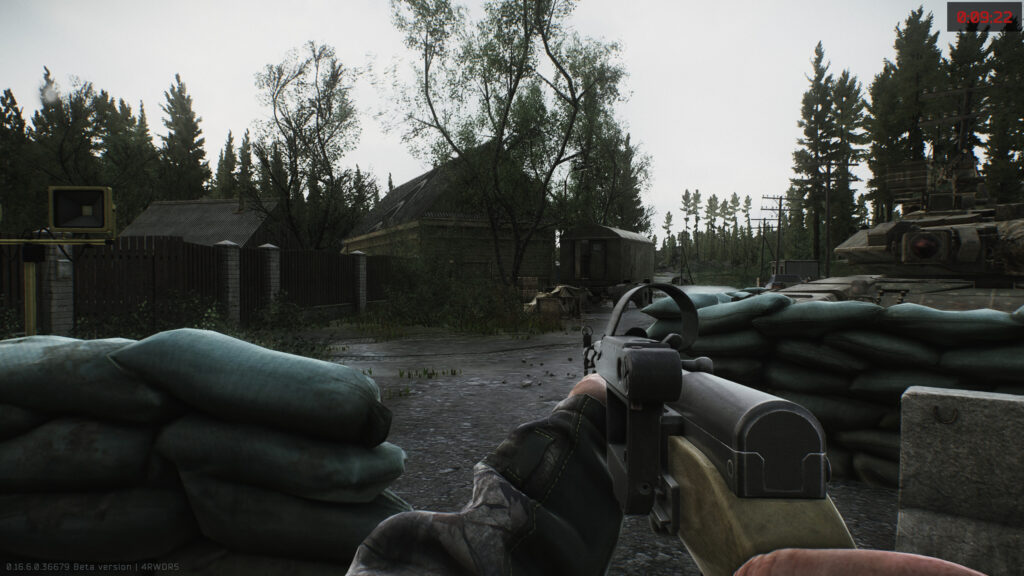
Farming builds real-time skills: recoil control, map awareness, and tactical choices under fire. You learn which routes lead to the best loot, which extraction points are safest, and how to adapt gear to different maps. Solo runs also let you test new weapons or armor without outside help, so you gain confidence and independence. These runs can take anywhere from 10 to 60 minutes each, depending on the map and your play style. Some players run multiple short raids on high-risk maps for big payoffs, while others take slower, careful runs on mid-tier maps for consistent gains. The hands-on nature of solo farming appeals to players who want control over each step and a direct link between effort and reward.
Time Investment
When you compare EFT Boosting and solo farm runs, the most obvious difference is the time each method takes. A single boost session, from code entry to checking your updated profile, usually requires just five to ten minutes. You copy the code, paste it in the redemption field, wait up to two minutes for processing, and then confirm your new level or completed quests. In contrast, solo play and farm takes far longer for similar gains. Running five low-level raids to earn the same XP a boost adds in seconds can take two to three hours of active play. Even a single successful farm raid can last anywhere from 15 to 45 minutes, not including load screens and planning.
Below is a table that shows typical time investments for common goals:
| Goal | EFT Boosting Time | Solo Farm Time Estimate |
|---|---|---|
| Gain 150,000 XP | 5–10 minutes | 2–3 hours (5–6 raids) |
| Clear 3 beginner quests | 5–10 minutes | 1–2 hours (3–5 raids) |
| Reach level 20 from level 1 | 10–15 minutes | 8–10 hours (20+ raids) |
| Farm 1,000,000 roubles | N/A | 2–4 hours (high-value runs) |
As you can see, boosting compresses hours of solo play into a quick code-entry session. If your schedule only allows short play windows, boosting lets you make steady progress without leaving half-done raids. On the other hand, solo farming fits players who enjoy extended play sessions, learning each map’s flow in real time and adapting loadouts as they go. Knowing how much time you have helps you choose which method fits your day, whether you need a quick push or you have time to grind.
Resource and Effort Comparison
Beyond time, each approach demands different levels of risk, planning, and active input. Here is a quick list of how resources and effort compare:
-
EFT Boosting
- Minimal in-raid effort: you skip gear selection and combat risks.
- No gear loss: boosts apply off-raid, so you keep all your equipment intact.
- One-step setup: copy code and use official portal or in-game menu.
- Consistent results: you know exactly what you gain each session.
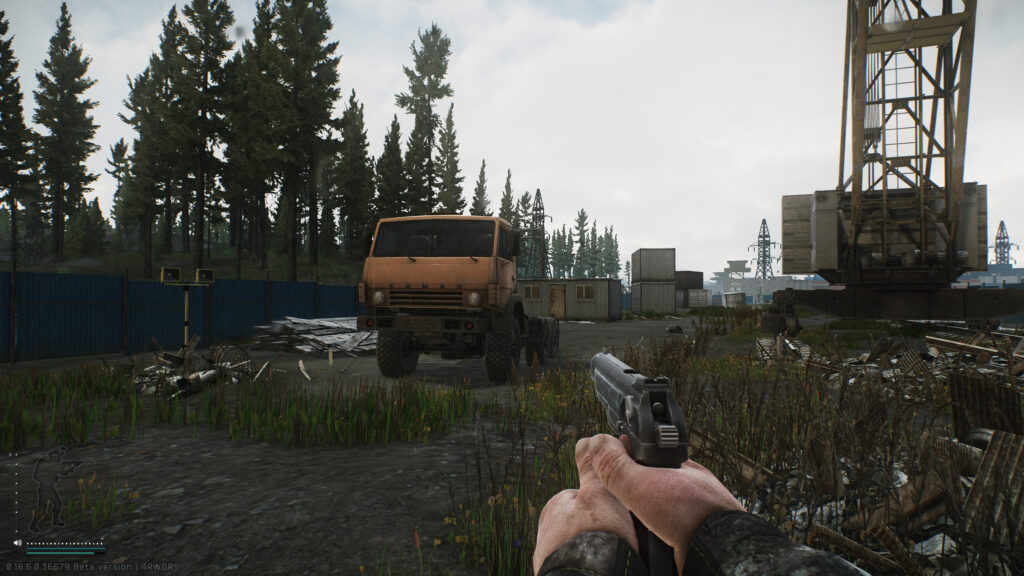
-
Solo Play and Farm
- Active play: you choose loadouts, enter raids, and clear enemies or loot spots.
- Gear risk: each raid can end in full gear loss if you fail to extract.
- Loadout cost: you spend roubles on ammo, armor, and medical supplies per raid.
- Variable gains: loot spawns and combat outcomes change each run.
EFT Boosting frees you from planning loadouts and facing combat risks, letting you treat each code entry as a clear upgrade session. Solo play and farm demands that you invest in gear, learn to move under fire, and cope with the tension of possible loss. Both methods move your account forward, but one relies on direct service delivery and the other on your skill and decision making under pressure.
Skill and Learning Curve
The way you gain experience changes how you learn the game’s mechanics. With EFT Boosting, you jump levels or clear quests without entering a single raid. This gives you faster access to new gear, but it means you spend less time practicing recoil control, map navigation, and enemy engagement under real conditions. You rely on boosts for account progress and then face tougher maps with limited hands-on experience.
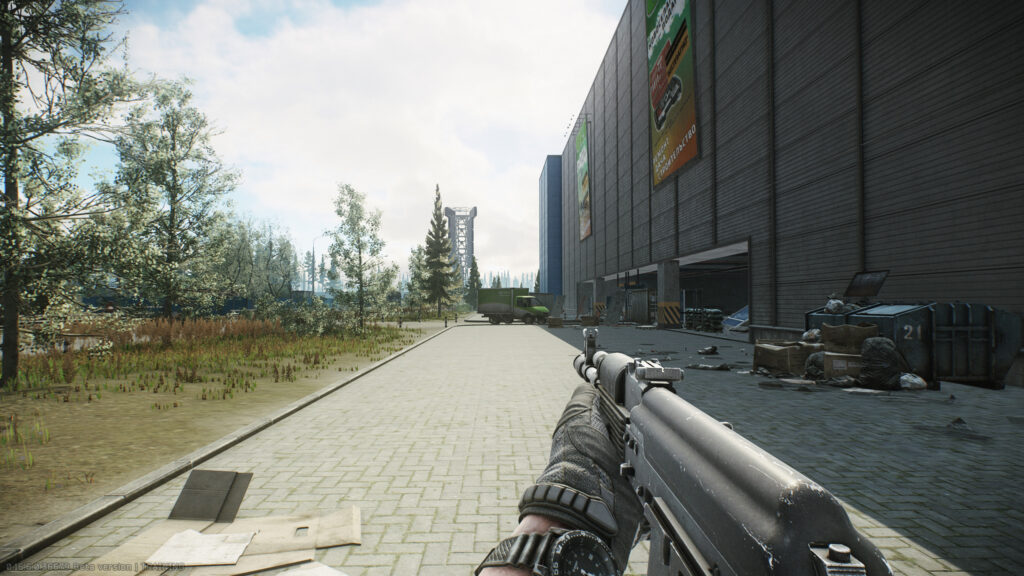
Solo play and farm, however, forces you to learn each aspect in context. You test new weapons in live raids, find effective routes through building layouts, and adapt to enemy tactics. Every raid teaches you about spawn points, scav behavior, extraction timing, and when to fight or flee. This trial-and-error process builds muscle memory and situational awareness. Over time, you become more comfortable on each map, know which corners to check first, and can judge risk versus reward at a glance.
Choosing between fast boosts and solo runs means balancing account progress against your comfort with in-raid skills. Boosts let you skip ahead, then catch up on skills later. Solo farming builds your skill set while you progress at a steady pace. Many players find a mixed approach works best: use a boost when you really need levels or quest clears, then follow up with solo runs to reinforce map knowledge and combat technique. By understanding how each method affects your learning curve, you can plan a play style that keeps both your account and your personal skills moving forward.
Choosing the Right Option
Your choice between EFT Boosting and solo play depends on your personal goals, schedule, and preferred play style. If you have limited time or need to hit a level or quest gate by a set date, boosting offers a quick solution. It guarantees those gains without eating hours in low-stakes runs. If you relish the thrill of unpredictable raids, enjoy fine-tuning your gear, and want to build hands-on map knowledge, solo farming is the clear choice.
Consider these sample profiles:
- Busy Player: Only a few short sessions per week. Needs steady account growth. EFT Boosting helps meet level and quest targets fast, leaving time for occasional solo practice.
- Skill-Focused Player: Has time for extended sessions and wants to master recoil control and map routes. Solo play and farm builds skill directly and rewards each decision.
- Hybrid Player: Values both steady progress and hands-on learning. Uses boosts for major gates, then farms solo to refine tactics and chase rare loot.
Align your choice with your top priority. If you aim to join a high-level raid group soon, boost to meet their requirements. If you want to test a new rifle on Factory, farm solo until you feel comfortable. By matching the method to your goals, you get the most out of every play session and boost package.
Conclusion
EFT Boosting and solo play with farming each offer clear paths to account progress in Escape From Tarkov. Boosting delivers predictable gains in minutes—ideal for players with limited time or fixed targets. Solo play builds hands-on skills and adapts to variable outcomes, perfect for those who thrive on in-raid challenges and control. Both methods carry unique benefits: one saves time and guarantees results, the other offers risk, reward, and direct skill development.
Many players find that blending both approaches gives the best of both worlds. Start with a boost to clear the hardest hurdles, then follow up with solo raids to master new gear and maps. Keep track of your gains—levels, quests, roubles, and gear—to see which method fits your schedule and play style. Whether you choose boosting, solo farming, or a mix of both, the key is clear goals, smart preparation, and consistent follow-up. Use this simple comparison to plan your next Tarkov sessions so you grow your account and your skills in balance. Good luck, and see you in the raids!
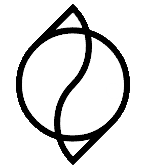

Leave a Reply